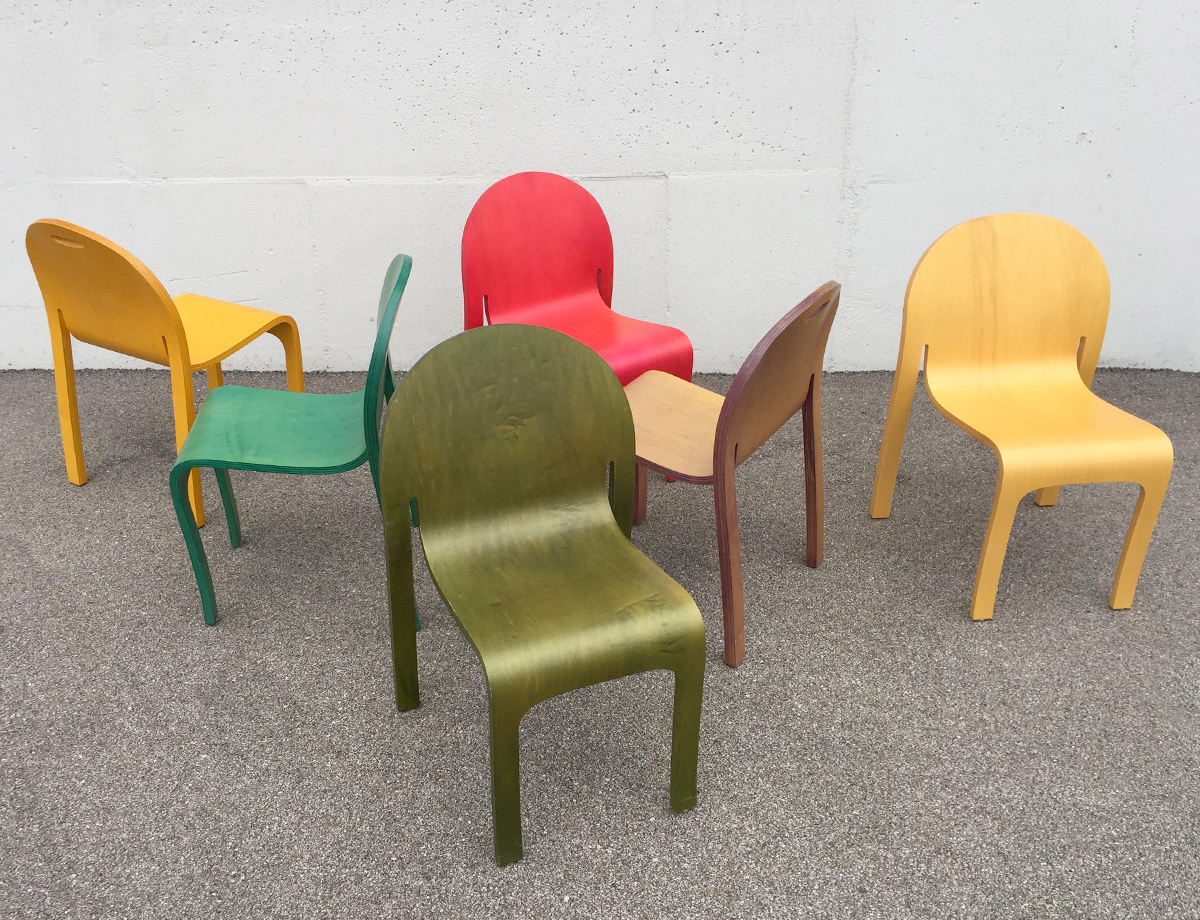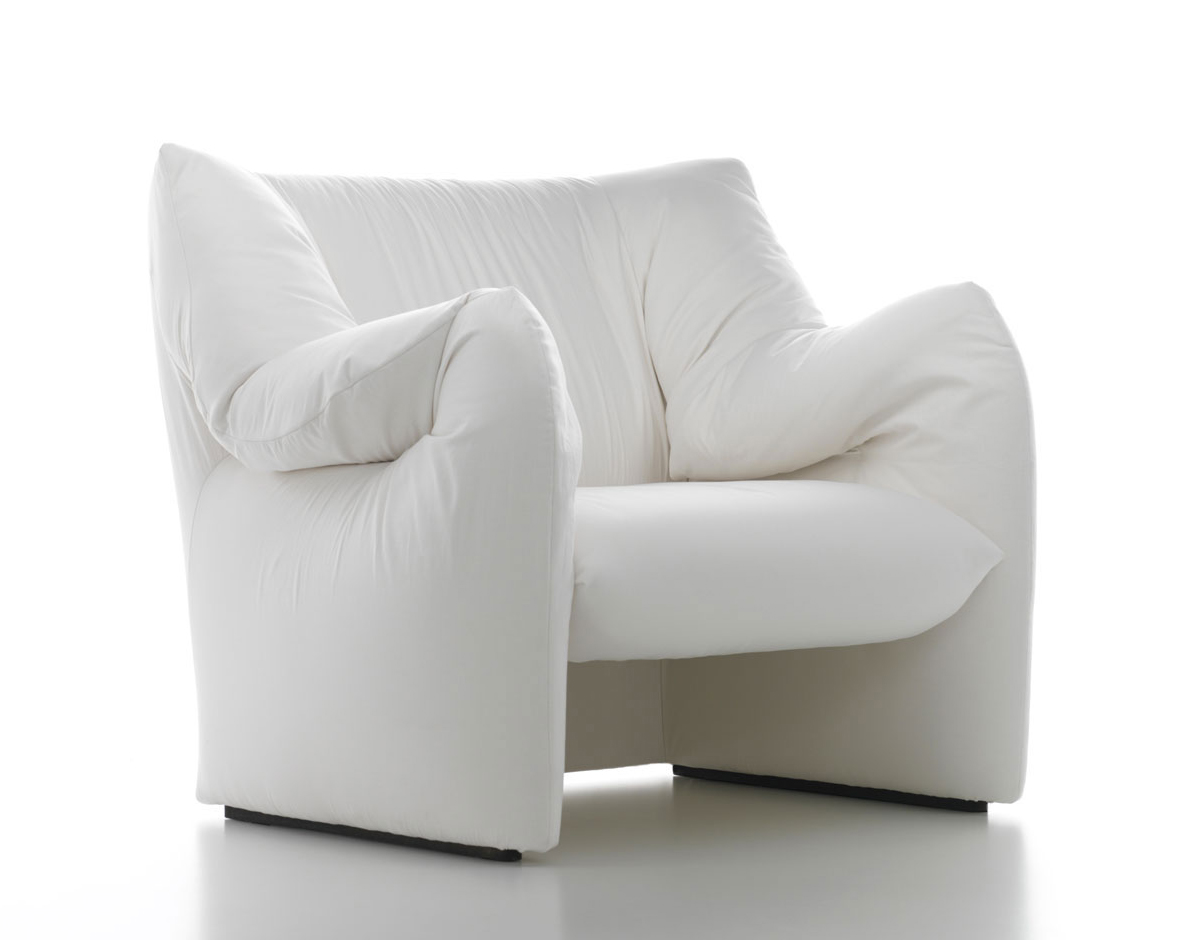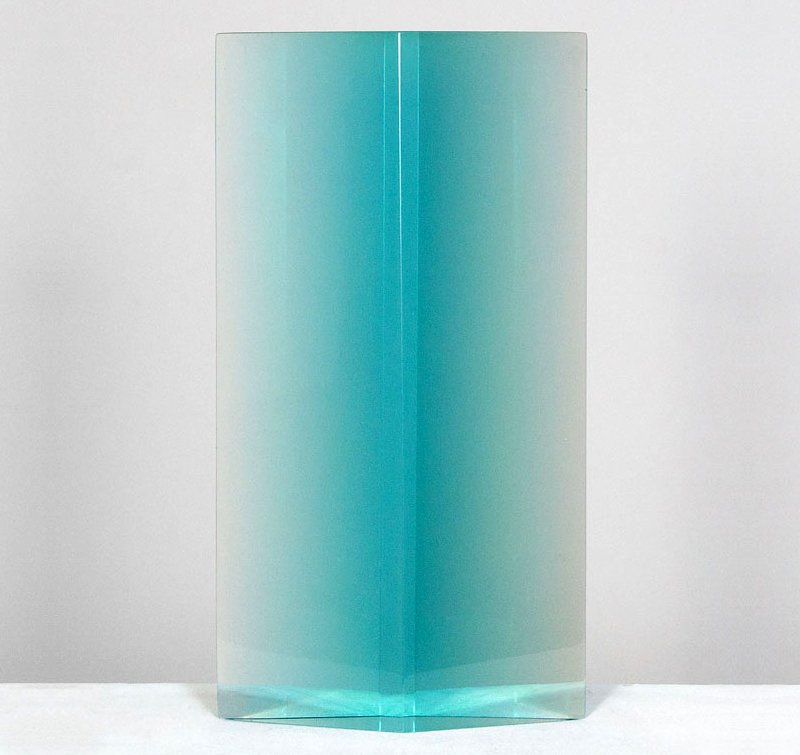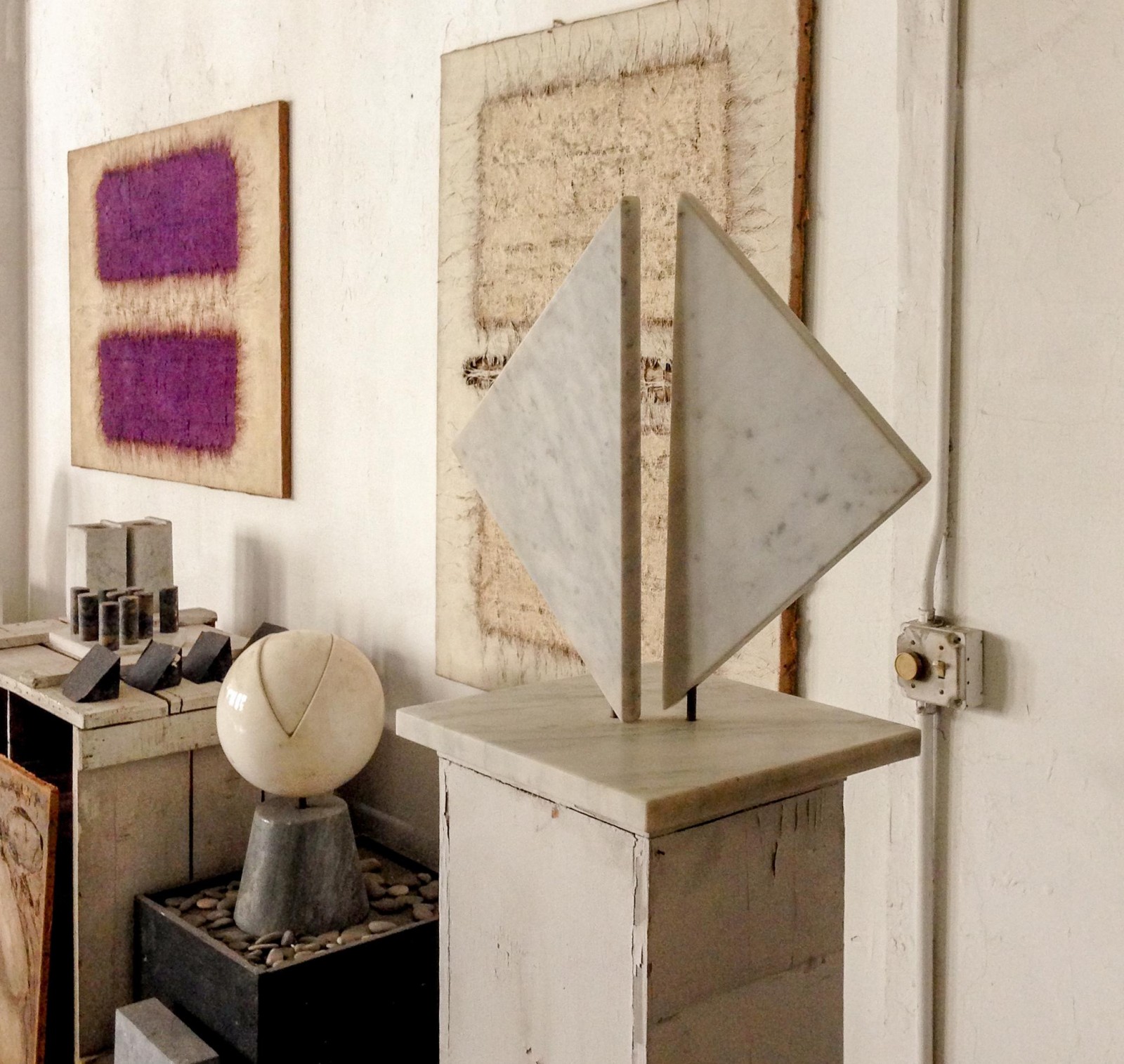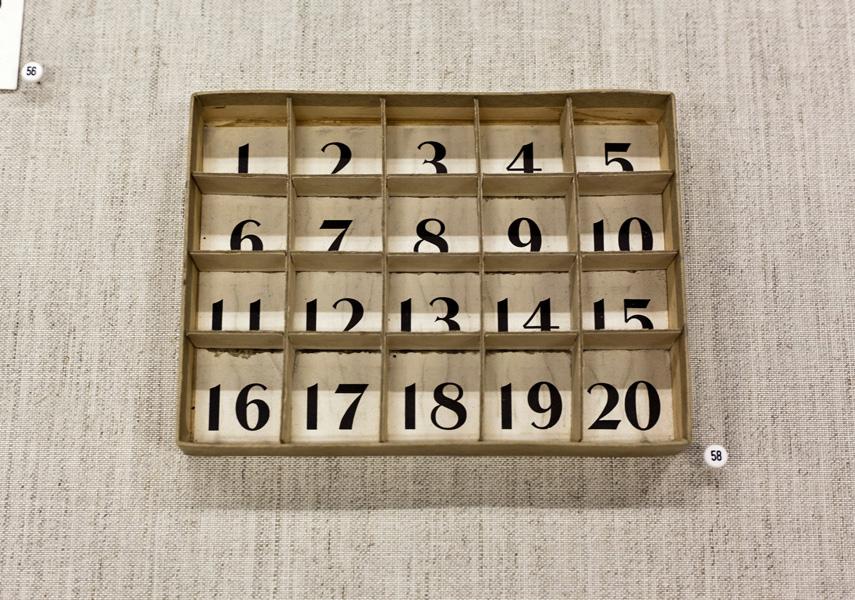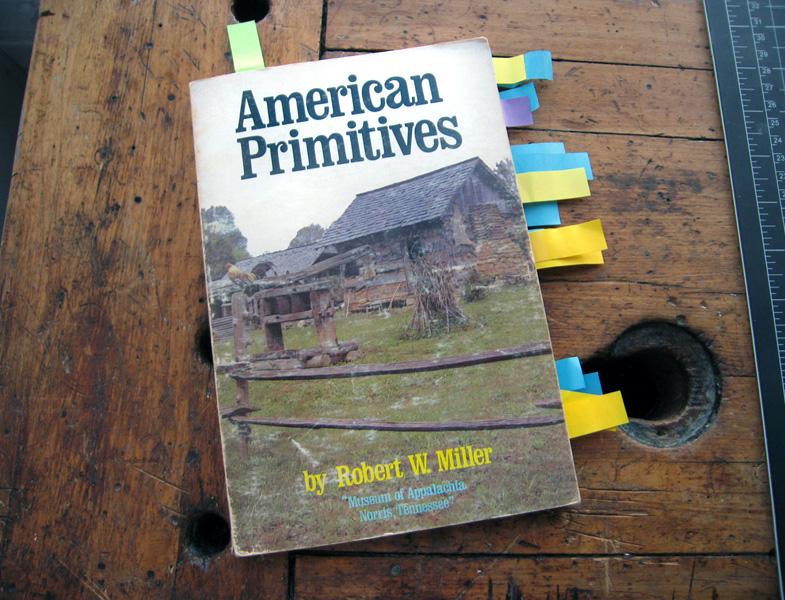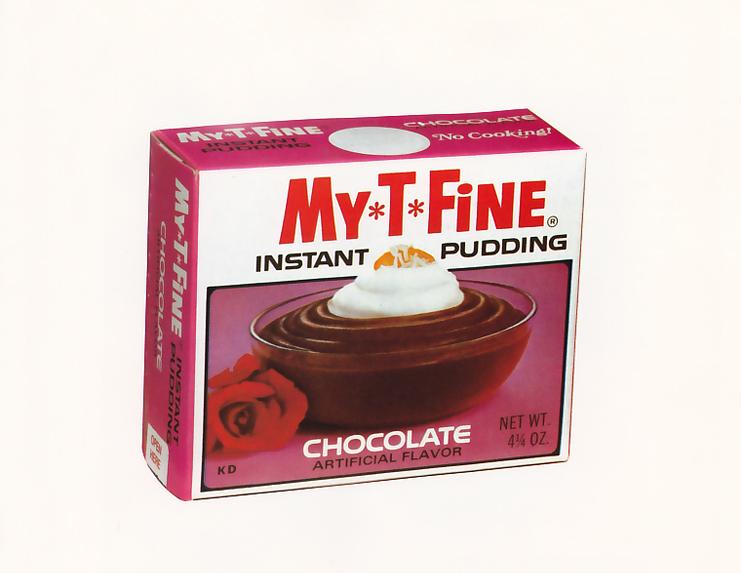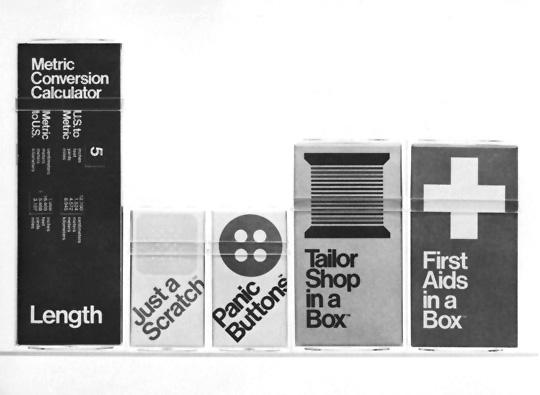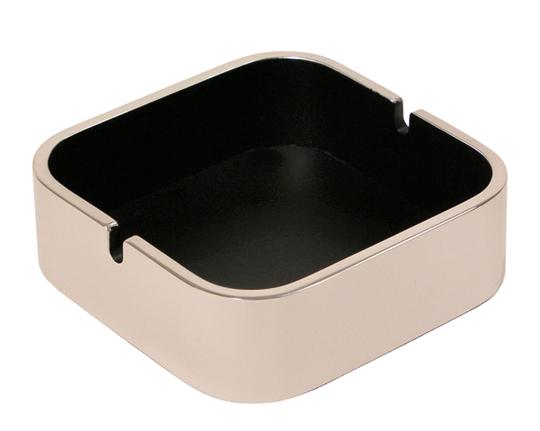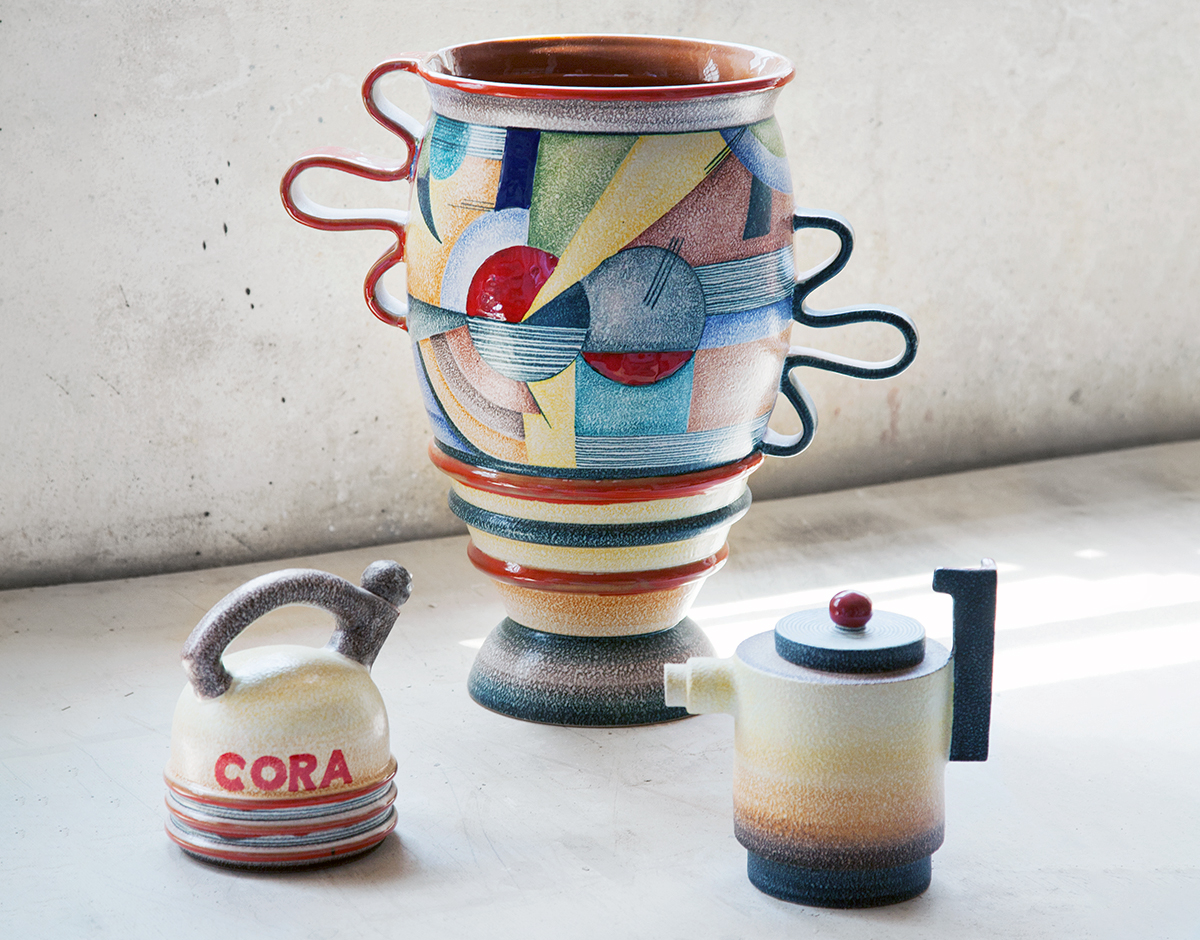
10.25.22
From the Archives
Adam Stech on Italian Futurism, Part II: The 1930s Ceramics of Mazzotti and Nikolay Diulgheroff
Like many of the best art movements of the early 1900s, the radical Italian Futurist movement was most-known for two-dimensional works, but encompassed the applied arts as well. One of its more interesting — yet largely forgotten — practitioners was the late designer and artist Nikolay Diulgheroff, for whom ceramics became a medium of dynamic expression for his and the Futurists’ ideas.
